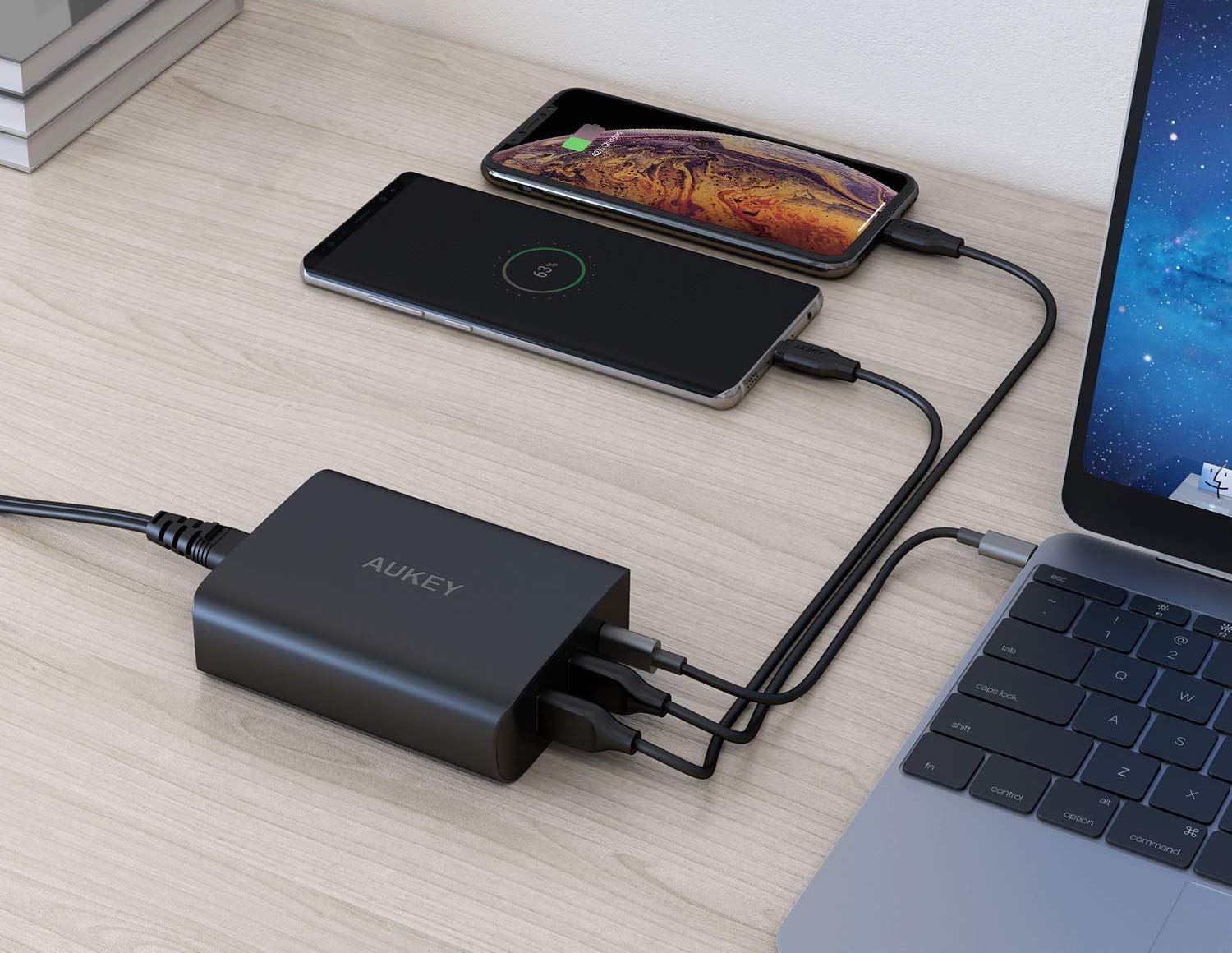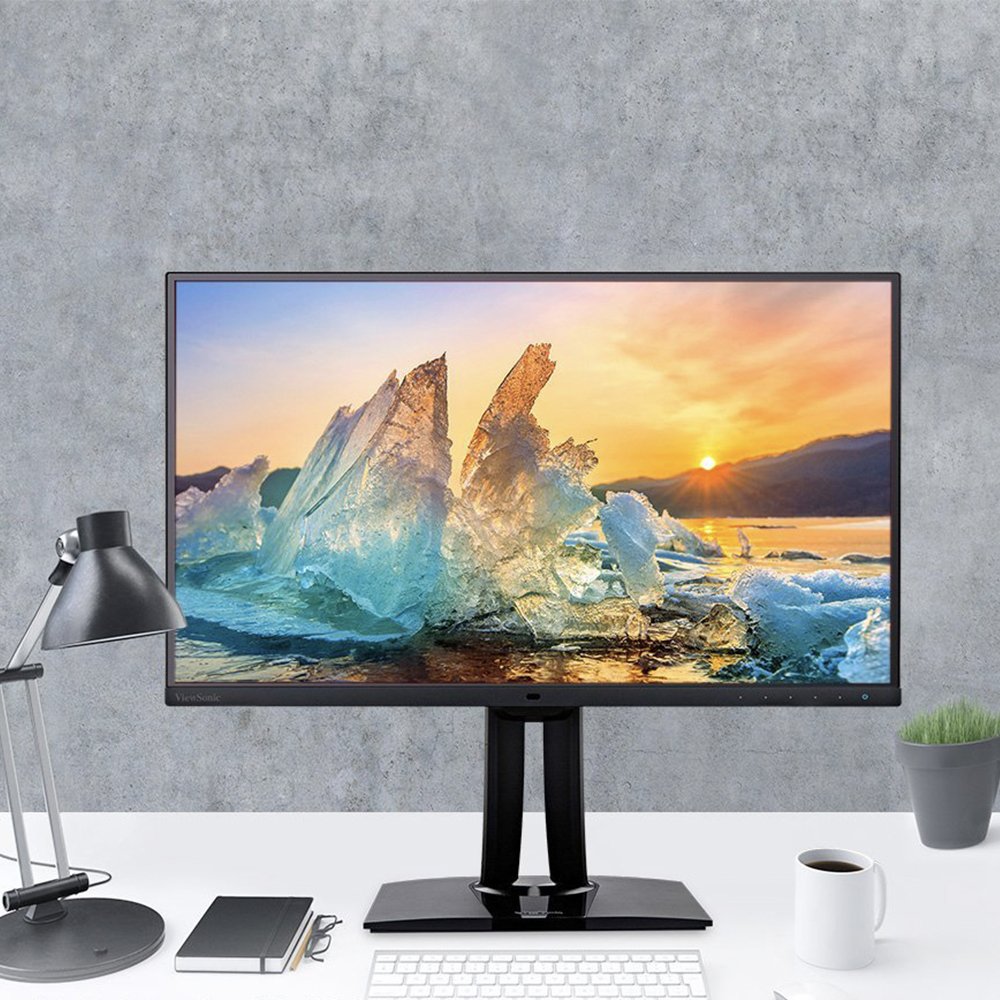USB4: Everything you need to know
Better, stronger, faster. And backward compatible, too!

The USB4 specification is coming soon, and with it, we'll see a few changes that should make our connected lives simpler. While the official spec isn't due to be released until mid-2019, we do know plenty about what we will see when it arrives. Let's have a look at what the changes will be and how they might make a difference.
Faster data speeds
One of the key points of the new USB4 specification is "two-lane operation using existing USB Type-C cables and up to 40 Gbps operation over 40 Gbps certified cables." You may have seen companies advertising "SuperSpeed USB" data transfer rates before, but for now, those are all limited to the USB3 specifications and top out at 20 Gbps (Gigabits per second). 40 Gbps is double the current fastest speeds.
This is accomplished by using two data channels (that's the two-lane reference) on one cable and port. The USB firmware on the devices you are connecting will be able to split the data you are transferring into two individual streams on the device sending it and put it all back together into a stream of data that the device receiving it can read correctly.
Note that this only applies if all the pieces of the chain — both devices, cables and any hubs in the middle — are USB4 compliant. And those cables will need to be USB-C cables, so this will hasten the death of the old-style USB-A interface.
Better ways to handle data

USB4 also offers support for more data and display protocols so you'll be better able to take advantage of that higher transfer rate.
At its base, data is just data; a stream of ones and zeros that a microprocessor can turn into something we interact with. But it's much more complicated than that when you consider that there are plenty of different types of data and each is just a stream of ones and zeros. You have things like the signal that tells a screen what to display, or a file being transferred, or even network data. You can send almost anything over USB as long as it is a supported protocol.
By supporting more data protocols, USB4 will open up to more types of device data transfer. And the USB-IF (USB Implementers Forum, the group that oversees what USB is capable of and how it does things) is stressing that this will handle multiple data protocols that can share the bandwidth across the bus. That means you will be able to send a 4K HDR signal over a USB cable and use the same cable for something like transferring a file or as a connection to a Wi-Fi interface.
All the latest news, reviews, and guides for Windows and Xbox diehards.
This will make a big impact on both the utility and performance of USB hubs and larger devices like PC or laptop motherboards where a centralized USB controller is used for multiple interfaces. In theory, anyway; we'll have to wait and see just how a 40 Gbps connection handles the things we throw at it.
Thunderbolt 3

One of the biggest changes to the USB specification will be the inclusion of Thunderbolt 3 support. Intel started certifying devices with support for Thunderbolt 3 in 2015, and in 2017 it decided to open the standard. That means any other company that wanted to implement Thunderbolt need only to pay a small licensing fee to be completely compatible.
With USB4, Thunderbolt 3 is now "built-in" and that means a couple of great things just became much cheaper for device makers to include:100 watts of power on demand, those 40 Gbps transfer rates, and support for eight lanes of DisplayPort data which means two 4K HDR displays at 60 Hz or one 5K display is fully supported.
Because Thunderbolt 3's technology is now open and royalty-free, the devices that would benefit from it will be less expensive and more likely to exist in the first place. That isn't limited to just PC boards as you'll find in a computer or tablet, but also devices like displays and external GPU boxes. Companies only need to pay Intel a small licensing fee instead of giving a piece of their profits, so they'll be more keen to make things that are cool.
Odds and ends

USB4 isn't USB 4.0. The USB-IF is weird when it comes to actually naming things, as we see with USB 3.0 (which is really USB 3.1 Gen. 1) or USB 3.2 (USB 3.2 Gen. 2x2). We have no idea what the first implementation of the news USB4 standards will be called and won't until it's released in mid-2019.
USB4 will also be backward compatible with all USB specifications and all Thunderbolt 3 devices. The compatibility with older USB standards is expected, but full compatibility with Thunderbolt 3 devices is a big deal. It means all those expensive devices and cables you might already own will work just fine.
Speaking of cables, to benefit from any of this you'll need to have a compliant cable. Notice I said complaint and not certified; a manufacturer can get a device (including a cable) certified but this is completely voluntary. That also means it's arbitrary and certification has no real value; non-certified devices and cables can perform as good or better than certified devices and cables. As is always the case, word of mouth and brand recognition will play a big part in the buying process.
When to expect it?
USB4 probably won't have much impact on anything you buy in 2019. The standard doesn't become official until the middle of 2019 and that means devices you want to buy won't have it included until early 2020. You probably will be able to buy a desktop, laptop, and even a smartphone or tablet that supports USB4 before then, but with nothing to connect it to that supports the standard there isn't any real benefit.
USB-C brought a similar scenario. We saw devices that used the new connector fairly early, though they weren't fully compliant. Those devices had the benefit of the new connector, but the things that you plug into the other end of the cable weren't readily available until much later. In some instances — especially when it came to the power delivery system — early devices were not compliant with the standard we have today and don't offer any real method of fast charging or bi-directional power delivery.
Once USB4 is official, the low cost of Thunderbolt 3 support and otherwise royalty-free nature of the spec means adoption will boom and we'll all be able to spend money on new devices that have the firmware inside. Until then, watch this space for any news or updates!

Jerry is a Former Contributor for Windows Central and an RHCE and Electrical Engineer who loves gadgets of all kinds. You'll find his writings across Mobile Nations and you can hit him on Twitter if you want to say hey.
